Game description:
Penguin Diner 3 is a restaurant time management game centered on serving customers efficiently and maintaining smooth workflow inside a small café. The player takes control of a penguin waiter who must handle every part of the restaurant process. Each level sets a daily earnings goal, and progress depends on speed, order accuracy, and customer satisfaction. The gameplay follows a continuous rhythm of seating, serving, and upgrading between rounds.
Sequence Of Actions And Level Structure
Every round starts with customers entering the diner. The player must assign them to available tables before their patience runs out. Once seated, customers decide on their orders, which the player must take and deliver to the kitchen. Prepared meals appear on the counter and must be served quickly to maintain satisfaction. After eating, customers leave payment, and the player clears the table for new guests. This loop repeats until the level timer expires, with efficiency determining the final score.
Upgrades And Restaurant Improvements
Coins collected from each day can be reinvested into the diner’s development. Upgrades affect both service speed and the environment’s layout. Faster shoes allow the waiter to move more efficiently, while new tables increase capacity. Decorations extend customer patience, helping to reduce losses from waiting.
Main upgrade options in Penguin Diner 3 include:
· movement speed and footwear upgrades
· kitchen and preparation equipment
· new tables and layout expansion
· decorative items that influence customer patience
· performance goals that unlock new areas
These upgrades form a progression system where each investment changes the pace and complexity of future levels.
Efficiency And Player Strategy
Success in Penguin Diner 3 relies on managing multiple actions in sequence without delay. The player must prioritize which customers to seat first and when to collect payments to avoid slowing the cycle. Mistiming or leaving customers unattended leads to lower tips and possible failure to reach the target. With each new level, customer flow increases, and routes between tables become more important to optimize.
Penguin Diner 3 maintains a steady pattern of gradual challenge and mechanical precision. Every completed shift teaches the player to balance timing and route management while controlling stress from rising demand. By repeating and refining actions, performance improves naturally across the campaign. The system builds efficiency through repetition, showing how structured planning leads to consistent results under limited time.









































































































































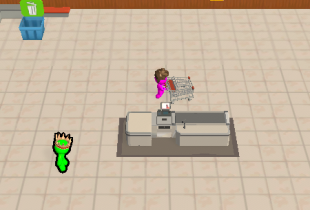
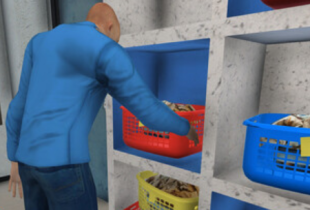
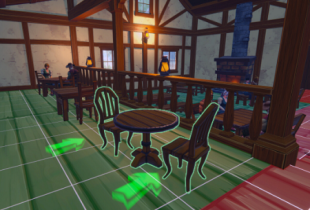

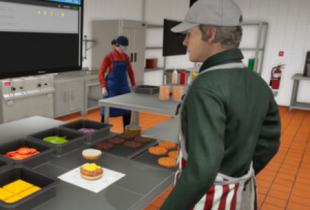
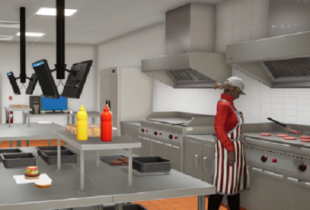
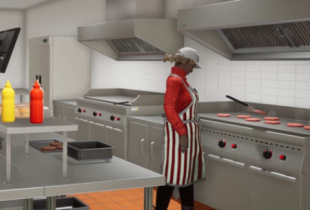
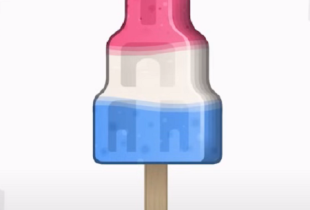
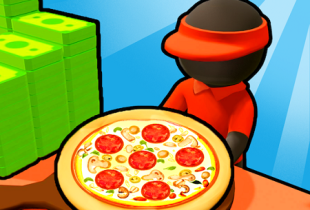
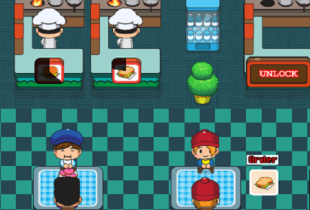
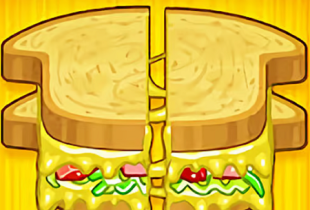



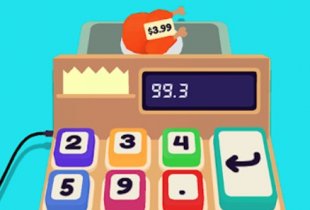
Comments